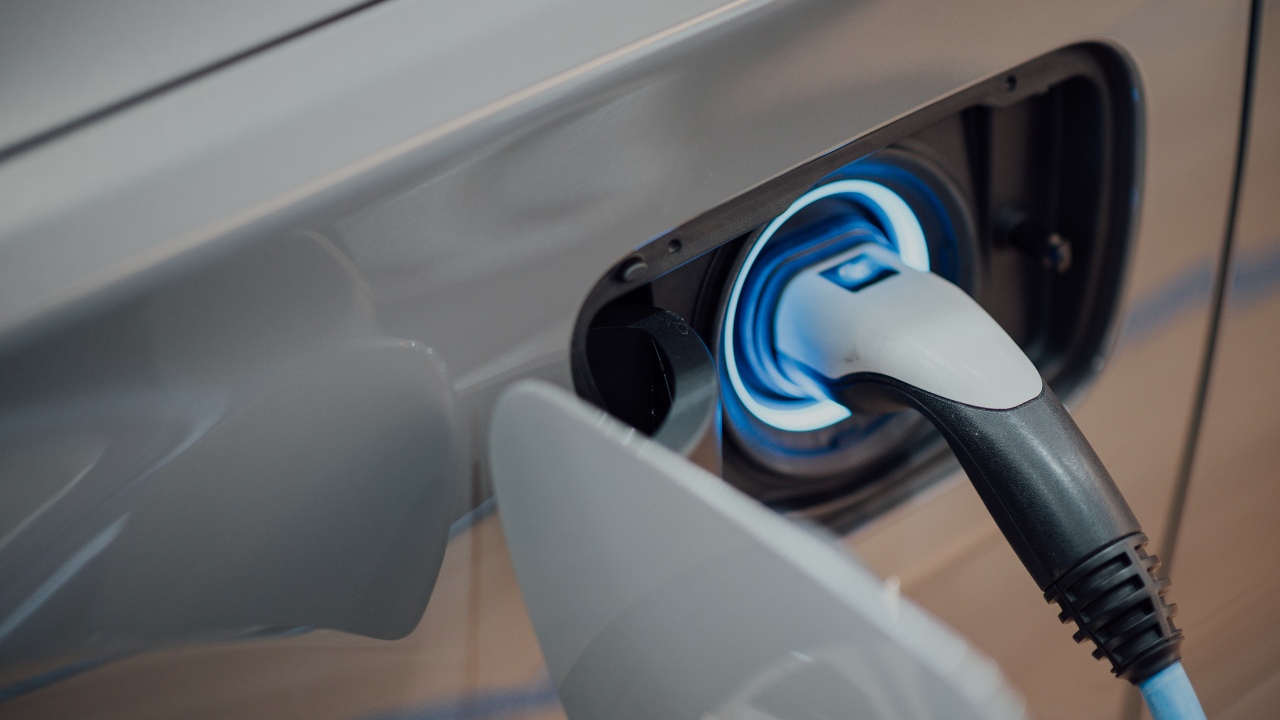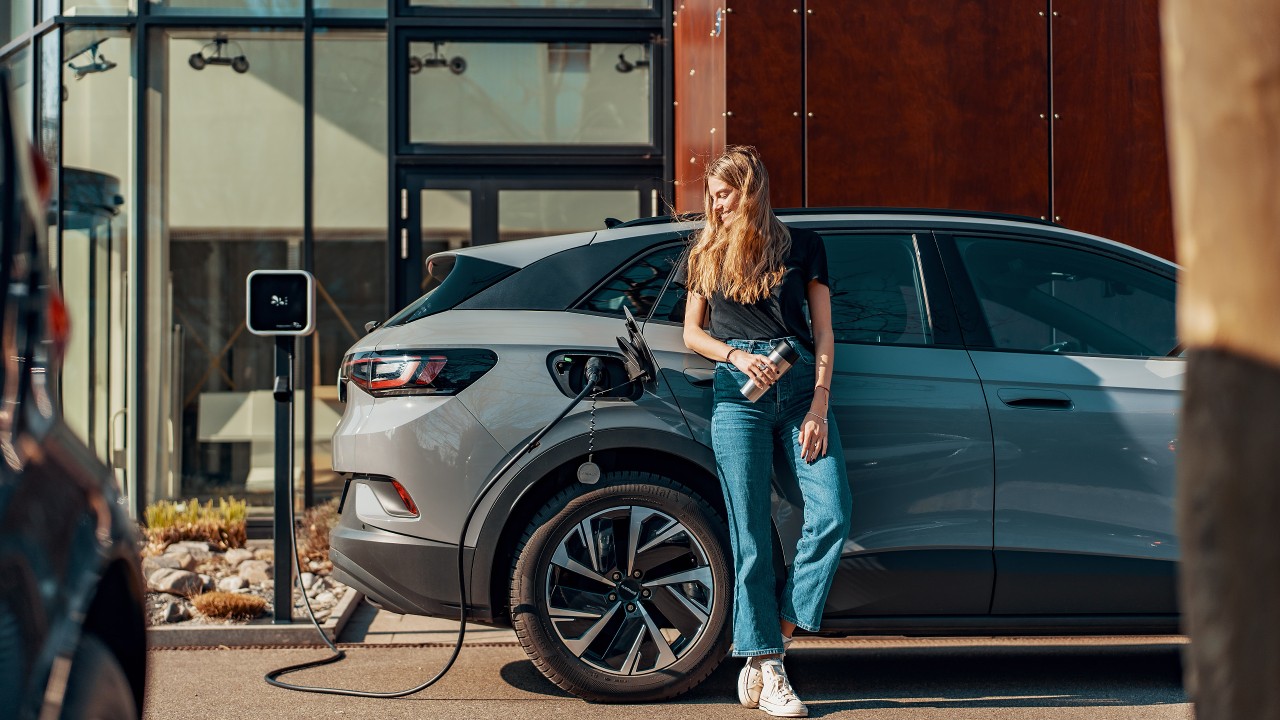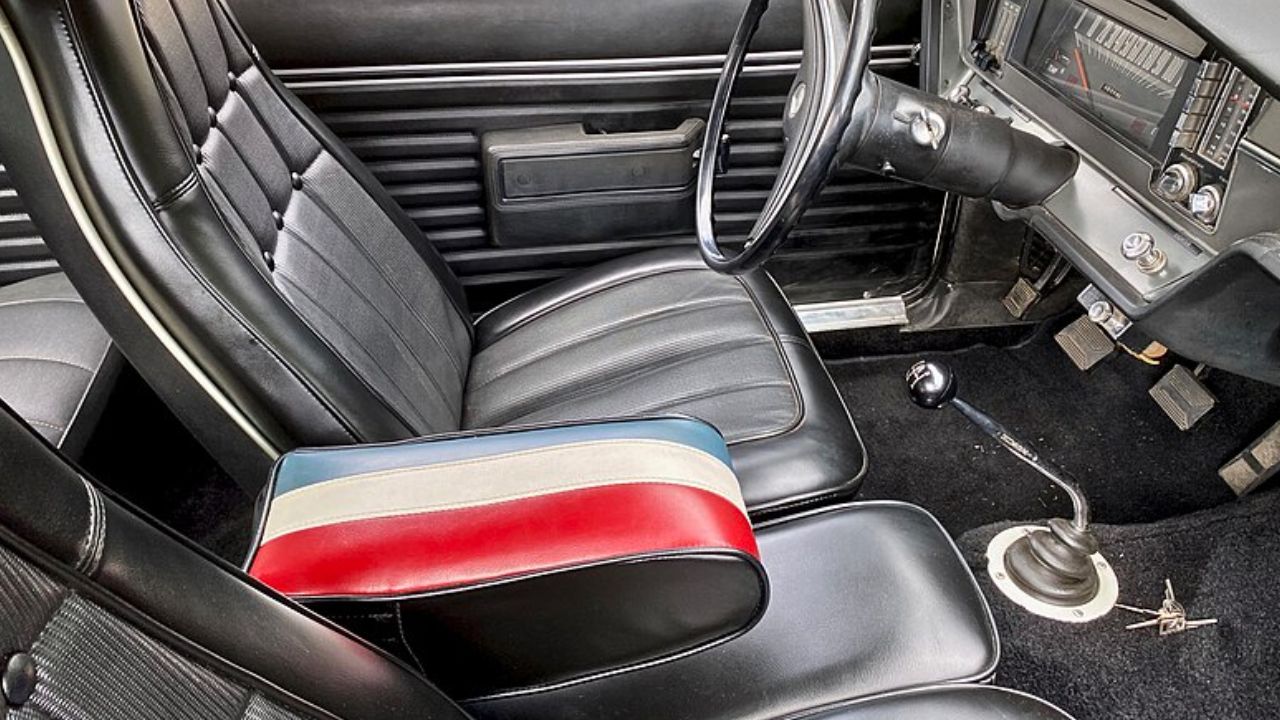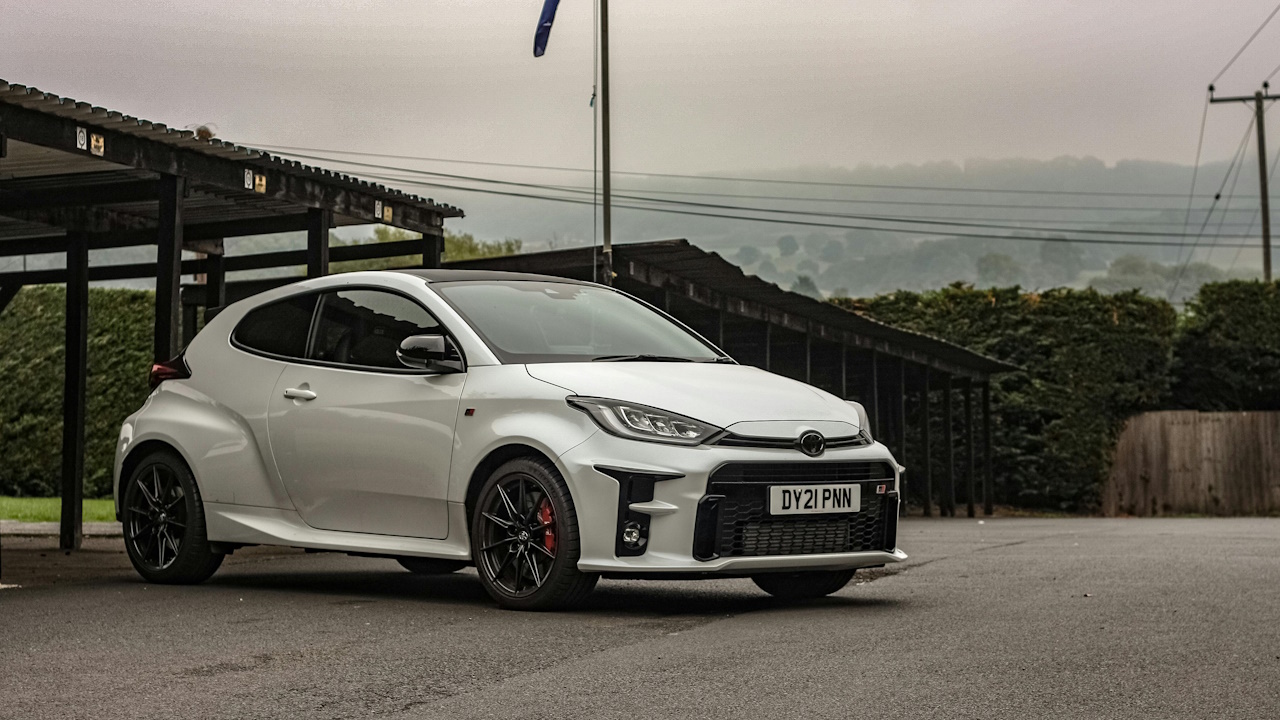As electric vehicles (EVs) become increasingly popular, the demand for faster charging solutions is growing. While fast-charging technology provides significant convenience, it raises questions about its impact on EV battery life. EV owners and industry stakeholders are keen to understand how fast-charging affects battery longevity and performance.
Understanding Fast-Charging Technology
Fast-charging technology has revolutionized how quickly EVs can be recharged, making them more practical for long-distance travel. Essentially, fast charging refers to a method of rapidly replenishing an EV’s battery by using high power levels. The most common types of fast-charging technologies include DC fast charging and Level 3 charging. DC fast chargers, often found in public charging stations, can supply power at rates exceeding 50 kW, while Level 3 chargers can deliver up to 350 kW, significantly reducing the time it takes to charge an EV compared to Level 1 or Level 2 chargers.
Charging speeds are closely tied to the type of battery chemistry used in EVs. Most electric vehicles are powered by lithium-ion batteries, which are sensitive to high charging rates. The faster the charging speed, the more stress is placed on the battery. This stress can lead to a decrease in overall battery efficiency over time. Furthermore, the role of charging infrastructure cannot be understated. An expanding network of fast-charging stations is crucial for supporting the widespread adoption of EVs, as it provides the necessary convenience and accessibility that consumers demand.
Impact on Battery Health
The impact of fast charging on battery health is a topic of considerable discussion among EV enthusiasts and experts. High charging rates can cause lithium plating on the battery’s anode, a process that can lead to reduced capacity and increased internal resistance. Over time, this degradation can shorten the overall lifespan of the battery, making it imperative for EV owners to understand the trade-offs between charging speed and battery longevity.
Comparative analyses between fast-charging and slow-charging effects reveal that frequent use of fast chargers can lead to faster battery degradation. A study by the Idaho National Laboratory found that cars frequently subjected to DC fast charging showed a noticeable decrease in battery capacity over time compared to those primarily charged at slower rates. To combat these effects, manufacturers like Tesla and Nissan have issued guidelines for maintaining battery health, recommending a mix of fast and slow charging to optimize battery lifespan.
Thermal Management Challenges
Heat generation is one of the most significant challenges associated with fast charging. When an EV battery is charged quickly, it generates more heat than during slower charging processes. This heat can accelerate battery degradation if not properly managed. Effective thermal management systems are crucial in mitigating the risks associated with high-temperature exposure during fast charging.
Automakers have developed various approaches to address these thermal management challenges. For instance, Tesla’s Model S incorporates a sophisticated liquid cooling system to maintain optimal battery temperatures during fast charging. Similarly, the Chevrolet Bolt EV uses an active thermal management system that includes a combination of liquid cooling and heat exchangers to protect the battery from excessive heat. These systems ensure that the battery remains within a safe temperature range, thereby preserving its integrity and extending its lifespan.

Strategies for Mitigating Negative Effects
There are several strategies that EV owners can employ to mitigate the negative effects of fast charging on battery life. One effective approach is to use fast charging sparingly, relying primarily on slower home or workplace chargers for regular charging needs. This strategy reduces the frequency of high-stress charging cycles and helps maintain battery health. Additionally, keeping the battery’s state of charge between 20% and 80% can minimize stress on the battery and prolong its lifespan.
Technological advancements are also being made to reduce the impact of fast charging on batteries. For example, some companies are exploring the use of solid-state batteries, which have the potential to handle higher charging rates with less degradation. Industry innovations such as these, along with ongoing research into more resilient battery chemistries, suggest a promising future for fast-charging technology. Moreover, updates to charging algorithms that dynamically adjust charging rates based on battery temperature and health are being developed to further enhance battery longevity.
Consumer Perceptions and Market Implications
Public awareness and perceptions about fast charging and its effects on battery degradation are mixed. While some consumers are well-informed about the potential drawbacks of frequent fast charging, others may have misconceptions, believing that fast charging always leads to rapid battery decline. This lack of understanding can influence purchasing decisions, with some consumers opting for vehicles with larger batteries to reduce the need for fast charging.
The availability and convenience of fast-charging options can significantly impact consumer purchasing decisions. Models like the Hyundai Ioniq 5 and the Ford Mustang Mach-E, which boast fast-charging capabilities, are often perceived as more attractive to buyers who prioritize convenience and quick refueling times. Educating consumers about the realities of fast charging and battery care can help shape more informed attitudes, ultimately influencing market trends. As the EV market continues to expand, transparency from manufacturers about battery health and charging practices will be vital in building consumer trust and confidence.
Like Fast Lane Only’s content? Be sure to follow us.
Here’s more from us:
*Created with AI assistance and editor review.







Leave a Reply